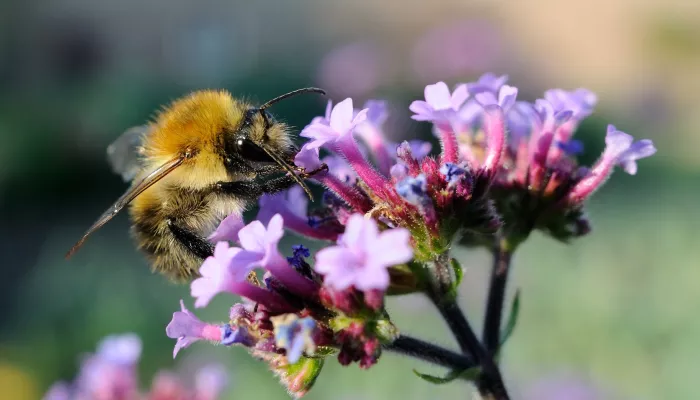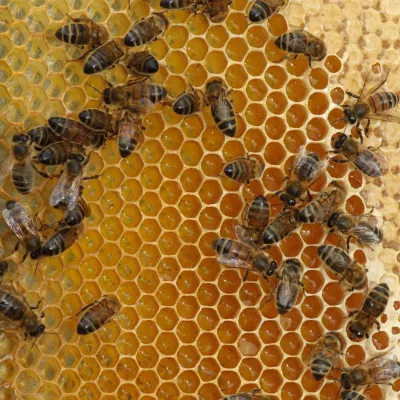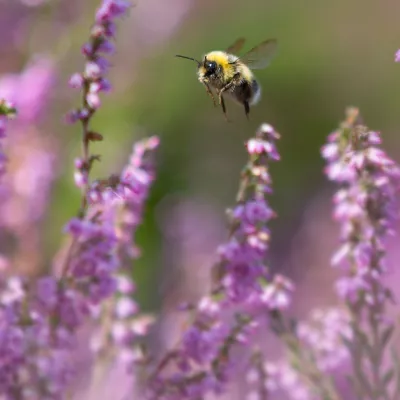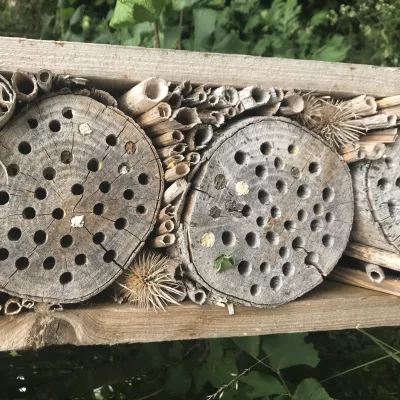
December in Hothfield - Mosses and Lichens
In our December instalment about Hothfield we focus on mosses and lichens on the reserve and how they stand out well in low winter light, ranging from dark velvet in the woods to almost neon feathery green in the bogs. Read on to find out more....






